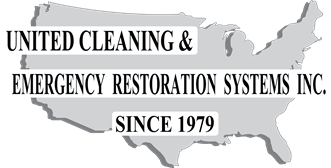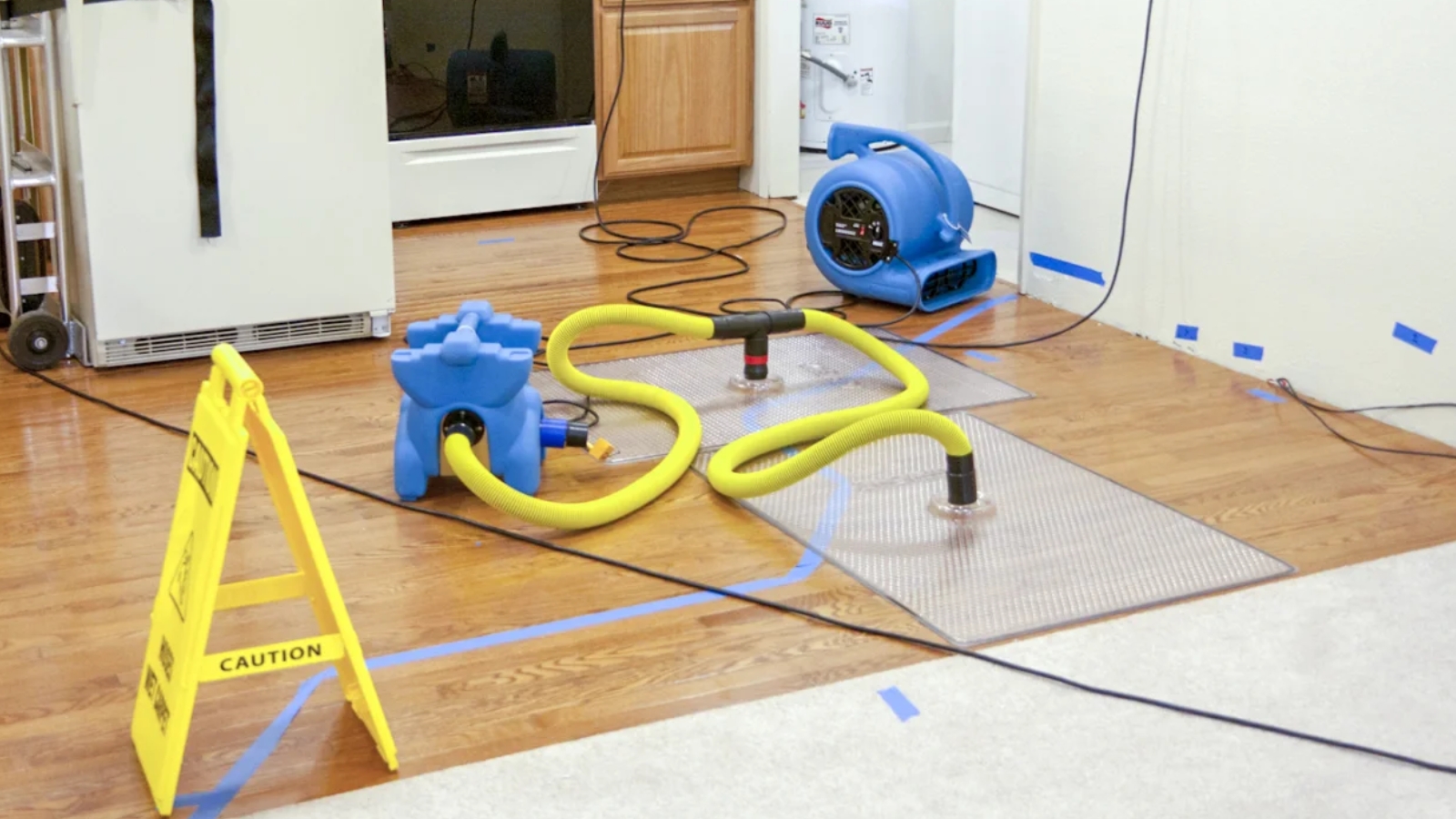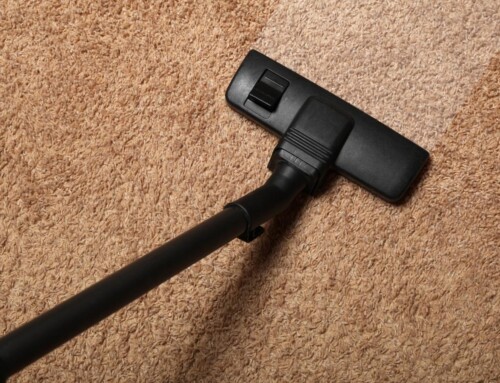Water possesses powerful natural forces that can both create and destroy in its path. Therefore, taking quick action in water damage restoration is important, with a clear understanding of the potential expenses involved in its repair. Even minor water damage must not be neglected, as it can elevate and lead to problems like distorted floors, impaired walls, and even mold remediation. This lets you realize the importance of treating water damage restoration with the seriousness it deserves. The focus should not just be on stopping immediate damage but also on preventing future complications. Timely and thorough attention to water damage not only resolves present issues but also protects it against more severe consequences in the future.
10 factors affecting the cost of water damage restoration
Understanding the factors influencing water damage costs for homeowners and property managers is important. From the extent of damage to the type of water involved, various elements play a role in getting to know the financial impact of restoration.
Here are some important factors you can consider.
Property dimensions
Fixing a larger damaged area costs more, it requires more time, materials, and effort. Repairing an entire flooded room is more time-consuming work than tackling just a few square feet of damage. However, size isn’t the only cost factor; other elements on the list can accumulate. Surprisingly, a smaller area with significant damage in various aspects may cost more than a greater, although less extensively damaged, space. So, the overall picture of damage, not just its size, determines the repair expenses.
Location of the area
If the damaged spot is tricky to get to, like the basement or crawlspace, fixing it might need more time and effort, possibly leading to higher restoration costs. Accessibility matters, and when repairs involve hard-to-reach places, the extra work involved can bump up the overall expenses.
Presence of water
Timely removal of stagnant water is important to prevent ongoing home damage. Using water pumps, dehumidifiers, and moisture-absorbing materials helps this process. However, the longer it takes to remove excess moisture, the more time is added to the severity of the impact, resulting in increased costs. The repair can begin once the affected area is thoroughly dried, and excess water is extracted. Acting on time not only pauses further damage but also minimizes the overall time and expense involved in the restoration process.
Water type
Water damage varies from clean to dangerous. Dirtier water demands more precautions and treatments during repairs, leading to higher costs. Blackwater, containing sewage, is the worst, while gray water is from showers or dishes. Treating black and gray water costs more due to the necessary measures for contaminants. The water’s condition affects repair needs and costs, making it vital to consider the level of contamination for an effective and budget-friendly restoration.
Sources of water
Where the water comes from affects how much fixing it will cost. If it’s clean water from a pipe, it might be cheaper to repair. But dirty water, like sewage or floodwater, is more expensive because it needs special cleaning. Figuring out where the water is coming from is important because it tells us how risky it is and how hard it will be to fix.
Time since the damage occurred
An important key point is to tackle water damage right away. It’s your initial shield against more trouble. Waiting only makes things worse, leading to more repairs and a hefty bill. Plus, it gives mold a chance to pop up, adding another layer of fixes. So, the quicker you act, the better your chances of preventing a bigger mess and keeping repair costs in check.
Mold development
When water hangs around, mold starts to grow. To get rid of mold, the cost of fixing water damage goes up. This is because it takes more time to remove the mold, and you’ll also need to clean and sanitize the area. So, the longer the water sticks around, the more work and finances it needs for the repair. Taking care of water damage sooner rather than later helps keep the costs down and prevents the extra hassle of dealing with mold.
Additional affected spaces
When water damage occurs, it doesn’t just stay in one place. It can spread to other areas. Fixing the damage in these additional spaces adds more work and costs. If water gets into nearby rooms or materials, it makes the whole restoration process more complicated. This means using more materials, spending more time, and needing extra help, all of which increase the overall expenses. Understanding how water can affect different spaces helps in planning the total restoration costs.
Accessibility to the damaged area
How easy it is to get to the damaged area matters in the cost of fixing water damage. If it’s a tricky spot, like a basement or crawlspace, fixing things becomes harder, needing more time and effort. Such places might even require special tools, increasing the overall cost. Repairs can be quicker and smoother if it’s easy to get to. But if it’s in a tough spot, it slows things down and can make fixing the damage a bit more expensive.
Restoration and repair requirements
The amount of fixing and rebuilding needed plays a huge role in deciding how much it’ll cost to deal with water damage. If the damage is larger and requires the repair of walls, floors, or important parts of the place, it will cost more. This is because we need more equipment, more people to do the work, and more time to get everything fixed up. If it gets to the point where we have to rebuild parts, it makes things even more complicated and expensive.
Conclusion
The cost of water damage can be influenced by many factors. It’s important to act quickly and effectively to prevent long-term financial implications. Factors such as the size of the affected area, the type and source of water, and the length of time since the damage occurred all impact the extent of the repairs required. The cost can also increase depending on the accessibility of the damaged area, the additional affected spaces, and the complexity of the repair and reconstruction. These factors are interconnected and can impact one another, making understanding water damage costs complex.
Hence, addressing water damage is crucial to prevent immediate damage and secondary issues like mold growth that can increase costs. Homeowners and property managers must understand these factors to plan effective water damage restoration strategies. This makes sure that the property is preserved and money is saved in case of unexpected water-related challenges.




